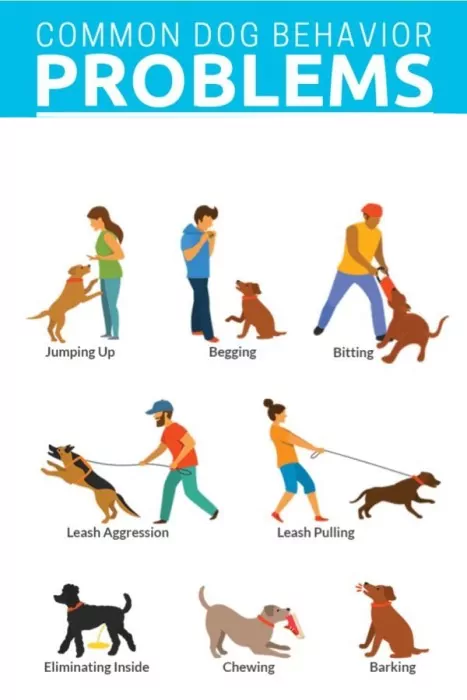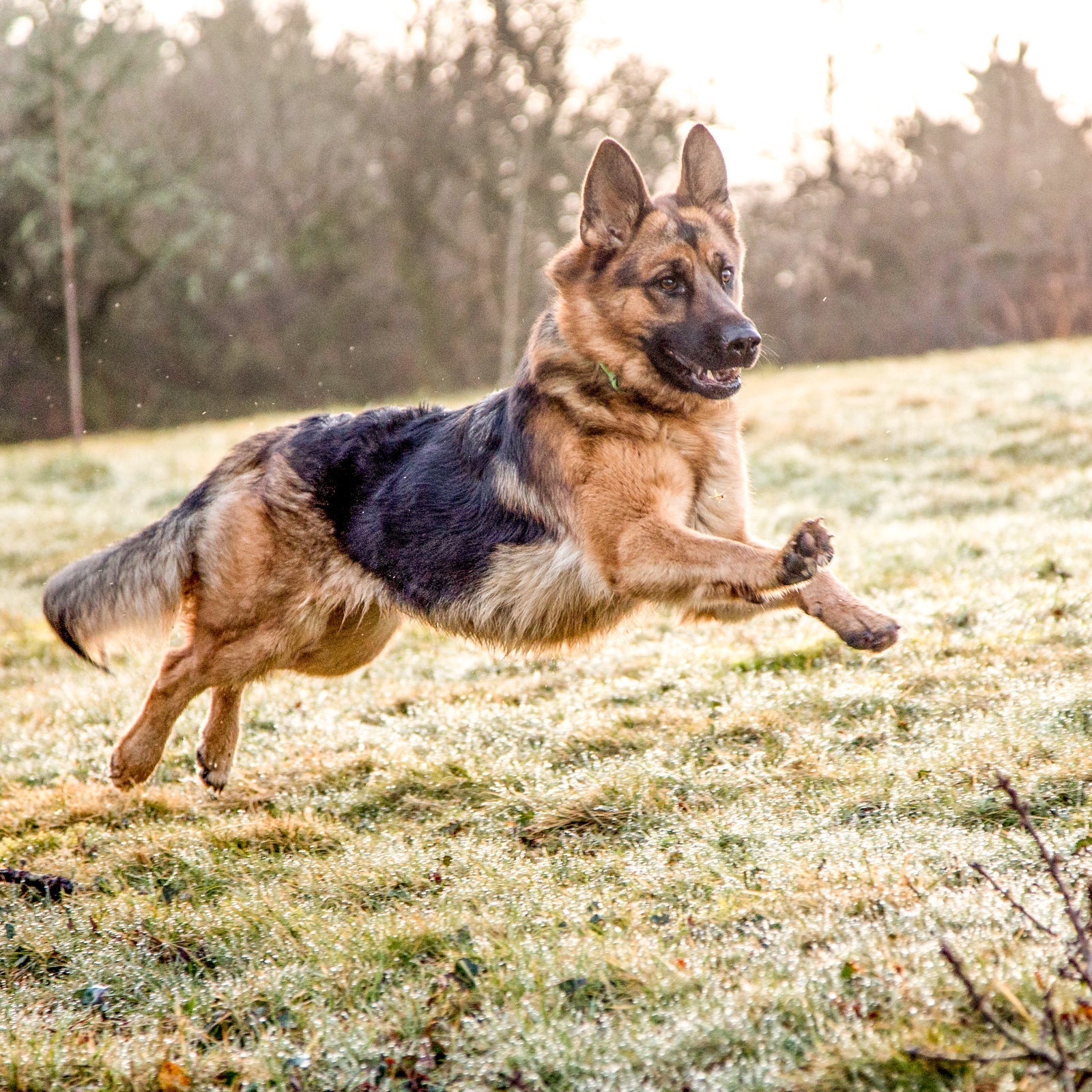Master Important Commands: Efficient Pet Training Made Easy
Reliable pet training is a fundamental aspect of responsible pet dog possession, and understanding necessary commands offers as the foundation for a harmonious relationship in between trainer and pet dog. Comprehending the nuances of canine actions and the training procedure is crucial; nevertheless, the journey to a trained pet dog typically provides unexpected obstacles that require attention.
Recognizing Your Pet dog's Behavior
To grasp the subtleties of efficient dog training, it is vital to damage down and examine your canine's actions. Dog training. Recognizing the motivations behind your dog's activities is important; behaviors can originate from impulse, fear, exhilaration, or a wish for focus. By observing your pet dog in various scenarios, you can determine patterns that may suggest underlying emotions or demands
For example, a pet that barks excessively might be revealing boredom, stress and anxiety, or a need for social communication. Conversely, a pet that displays damaging actions could be looking for stimulation or relief from anxiety. Recognizing these triggers enables you to customize your training method effectively.
Furthermore, it is vital to take into consideration the dog's type features, as they can affect habits significantly. Some types are inclined to details qualities, such as herding or guarding impulses, which can influence their reactions to specific stimulations.
Lastly, uniformity in your feedbacks to your canine's habits cultivates a better understanding in between you and your pet dog. This mutual comprehension is fundamental for developing trust fund and assisting in a reliable training process that nurtures both behavioral improvement and favorable reinforcement.
Vital Commands to Educate
Teaching important commands is an essential facet of reliable dog training, offering the foundation for a mannerly and receptive pet dog. These commands not just enhance communication between the owner and the canine however likewise make certain safety and security in various environments.
The most essential commands include "Sit," which motivates your pet dog to stay fixed and tranquil; "Remain," which strengthens the concept of staying in one location up until launched; and "Come," which is crucial for remembering your pet dog from potentially harmful circumstances. "Down" instructs canines to relax, promoting leisure and control, while "Leave it" aids avoid canines from picking up hazardous or unwanted items.
" Heel" is an additional vital command that urges your pet dog to stroll carefully beside you, improving chain good manners. "No" offers as a vital boundary-setting command, helping to correct unwanted actions.
Training Techniques for Success
Reliable dog training relies heavily on utilizing a variety of techniques that accommodate both the pet dog's discovering style and the proprietor's training goals. One crucial method declares support, which includes gratifying desired behaviors with treats, praise, or play. This technique encourages the dog to duplicate those behaviors, cultivating a strong bond between proprietor and pet.

Another efficient technique is remote control training, where a distinct noise, made by a clicker, marks the specific minute a canine performs a wanted action. This exact timing helps pet dogs link the habits with the incentive, enhancing their understanding.
Consistency is critical in all training techniques. Establishing clear commands and preserving the same hints aids the dog grasp assumptions more useful content quickly. In addition, short, appealing training sessions protect against boredom and boost retention.
Including socialization chances is additionally vital. Subjecting pet dogs to numerous environments, people, and various other pets helps them develop confidence and flexibility.
Last but not least, patience plays a considerable duty in effective training - Dog training. Each dog learns at their own speed, and recognizing this can lead to a more satisfying training experience for both the proprietor and the pet. Implementing these techniques will set the foundation for efficient pet dog training
Usual Obstacles and Solutions
Regardless of the very best training methods, pet dog owners typically experience typical challenges that can hinder progress. One widespread concern is variance in commands and hints. When relative make use of various commands for the exact same habits, it confuses the pet dog, bring about irregular actions. The option hinges on establishing a unified method among all member of the family, making certain that everybody uses the same terminology and signals.

In addition, some pet dogs may show stubbornness or lack motivation. This can usually be attended to by including favorable reinforcement methods, such as deals with or praise, to motivate wanted actions. Tailoring benefits to what your pet finds most inspiring can dramatically enhance their interaction.
Last but not least, fear or stress and anxiety can hamper progression in training. Recognizing indications of anxiety and readjusting the training pace appropriately is vital. Using gradual exposure to feared stimuli can assist construct self-confidence click here now over time, helping with a much more efficient training experience.
Keeping Uniformity and Perseverance
Consistency and patience are critical in canine training, as they develop the structure for accomplishing long-term behavior adjustments. Pets grow on regular and clear assumptions; hence, keeping a consistent approach in commands, rewards, and corrections is important. When trainers use the same cues and signals reliably, dogs are much better able to realize what is being asked of them. Incongruity can bring about complication and stress, threatening the training procedure.
Just as vital is the function of patience. Training a pet is not an immediate process; it requires time and rep. Pet dogs, just like human beings, have differing learning rates and might not understand commands immediately. Instructors need to recognize this and continue to be tranquil, giving support as opposed to frustration. Favorable reinforcement plays a critical function here, satisfying desired actions and assisting to cultivate a trusting partnership between the dog and fitness instructor.
Verdict
Mastering necessary commands is fundamental to efficient pet training, fostering boosted interaction and enhancing favorable actions. The application of positive reinforcement strategies, coupled with consistency and persistence, dramatically enhances the training experience for both the canine and trainer. Addressing common difficulties with sensible solutions even more sustains the training procedure. Inevitably, a well-trained canine not official source just shows etiquette but likewise establishes self-confidence, adding to a harmonious relationship between the canine and its proprietor.